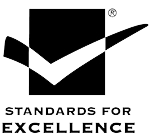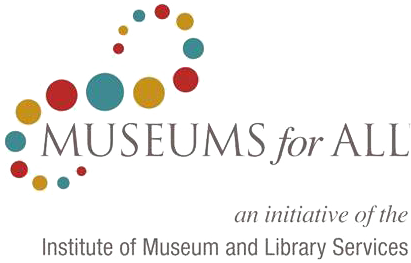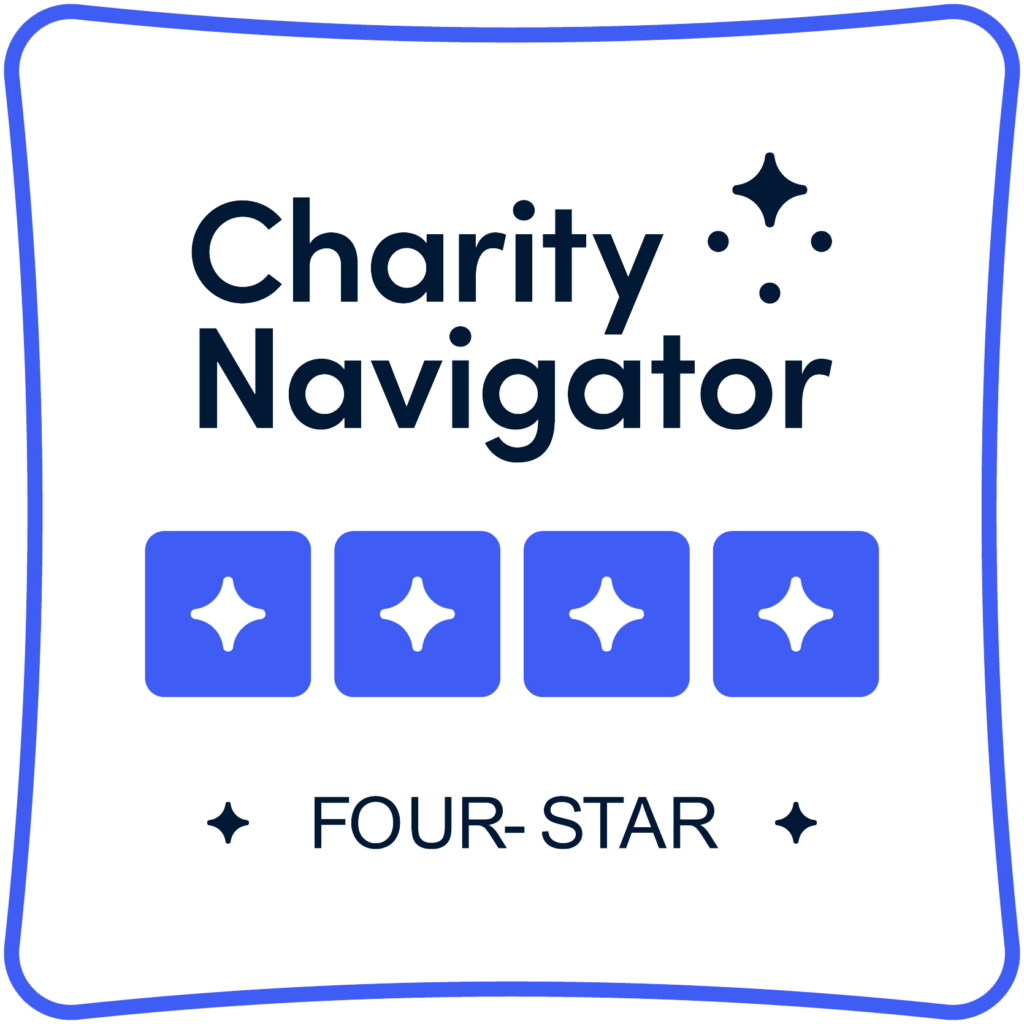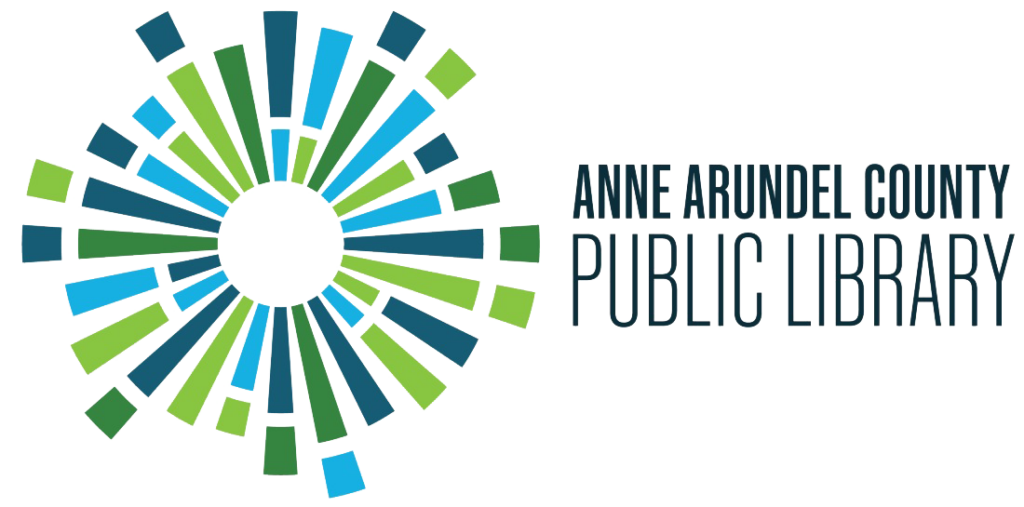Chesapeake Oysters
$24.00
- Softcover; Size- 6 x 0.31 x 9
- 211 pages
11 in stock
Description
This cultural and ecological history explores the rise of Chesapeake’s mighty mollusk from Colonial-era harvesting to contemporary cultivation.
Oysters are an essential part of Chesapeake Bay culture and cuisine, as well as the ecological and historical lifeblood of the region. When colonists first sailed these abundant shores, they described massive shoals of foot-long oysters. In later years, however, the bottomless appetite of the Gilded Age and great fleets of skipjacks took their toll. Disease, environmental pressures, and overconsumption decimated the population by the end of the twentieth century.
To combat the problem, Virginia began leasing its waters to private oyster farmers. Today, these boutique oyster farms are sustainably meeting the culinary demand of a new generation of connoisseurs. But in Maryland, passionate debate continues among scientists and oystermen whether aquaculture or wild harvesting is the better path. With careful research and interviews with experts, author Kate Livie presents this dynamic story and a glimpse of what the future may hold.











